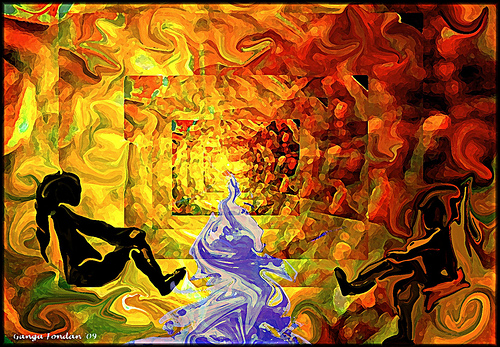Of Writing, Integrity and The Company We Keep…
“When we set out to judge—ridicule pillory, condemn, sneer at or…impugn our characters–we fail at our objective. Instead of making our characters look bad we make ourselves suspect.”
—-Peter Selgin, 179 Ways to Save a Novel: Matters of Vital Concern to Fiction Writers
We are known by the company we keep. In the case of a writer, that company consists of our characters and our attitude towards them.
Simply put, what kind of person would choose to writer 60,000 words, or there about, centered on a person or persons our words demonstrate that we dislike, hold little or no respect for, or even loathe?
Would you as a reader trust anything this writer has to say?
Of Writing, Integrity and The Company We Keep… Read More »



